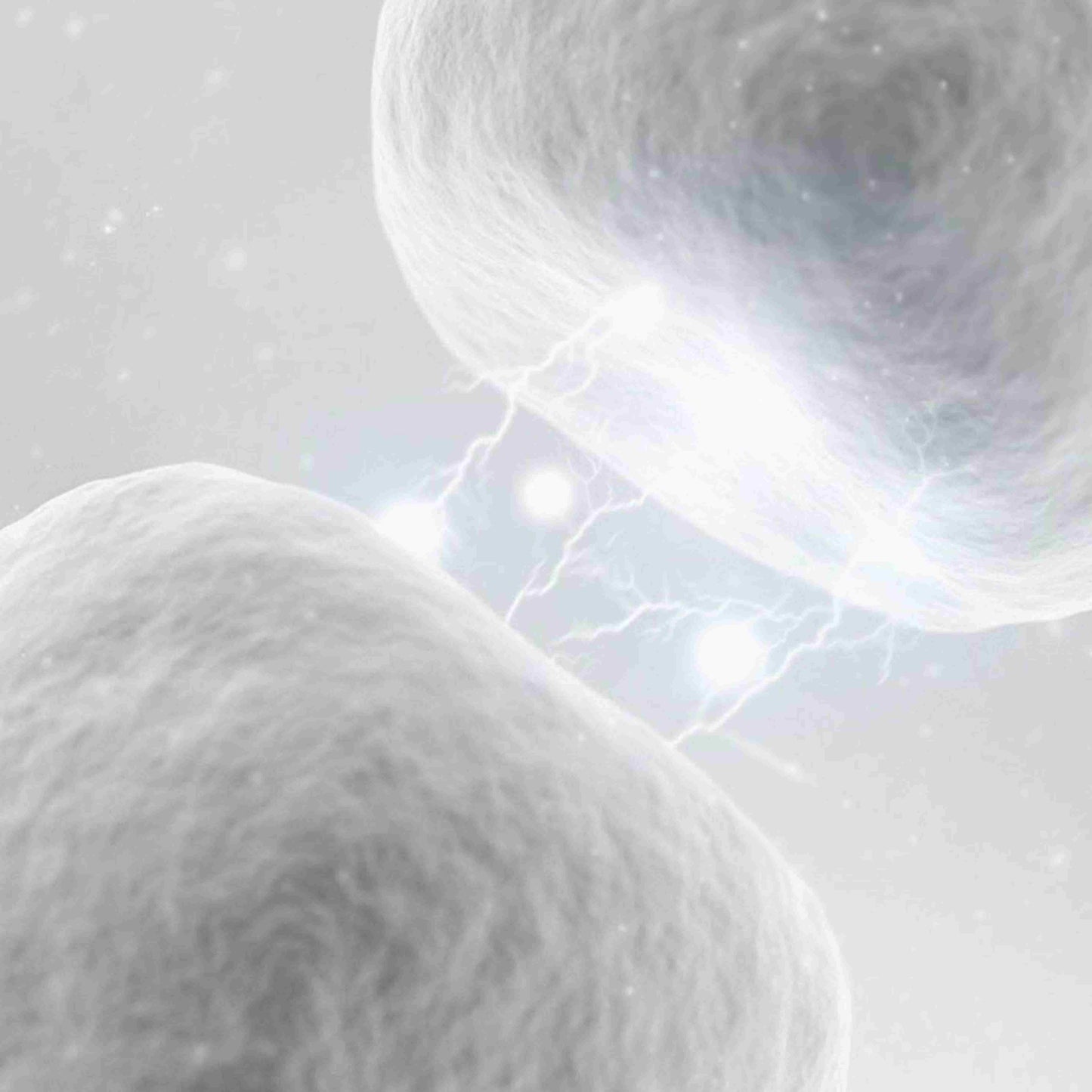
Dopamine is the neurotransmitter of more. It’s the neurotransmitter that makes us do things. One could say that the role of dopamine in the body is simply put: more.
If you’ve read Marco’s post on managing dopamine starvation for focusing on your goals, you have a fair “practical” insight into dopamine management. This post is not that.
This post is the other side: this is pure basic biochemistry. Read on if the spirit moves you.
Dopamine is a hormone and neurotransmitter in the body. In the brain, it acts as a neurotransmitter, a chemical messenger between nerve cells. Your body uses the amino acid tyrosine (present in Maximum Mind in its most bioavailable form) to synthesize Dopa which is the intermediate of Dopamine. This process usually happens in the dopaminergic neurons in the substantia nigra, the arcuate nucleus of the hypothalamus, or the segmental mental area of the midbrain.
“We Are What We Repeatedly Do. Excellence, Then, Is Not an Act, but a Habit.”
― Aristotle
What Is Dopamine?
“Great things are done by a series of small things brought together.”
― Vincent Van Gogh
The role of dopamine in a neurological sense it to activate 5 types of dopamine receptors – D1, D2, D3, D4, and D5. This receptors then work as neuromodulators.
Neuromodulation :
- Motor functions – regulated at the level of the basal ganglia
- Motivation
- Reward – regulated at the level of the nucleus accumbens and prefrontal cortex
- Memory – the prefrontal cortex
- Sleep
- Cognitive function
- Maternal and reproductive behaviors such as lactation by regulating prolactin secretion
- Pain processing – at multiple levels, including the spinal cord, basal ganglia, and thalamus.
- Nausea and vomiting – by its interactions in the chemoreceptor trigger zone.
- Cardiovascular functions such as controlling heart rate and flow of blood through vessels
- Renal function
The role of dopamine in the body is known as a feel-good neurotransmitter. Dopamine is released in response to acts that give us a sense of reward, satisfaction, or pleasure. For example, food, sex, and several drugs of abuse.
This feeling of satisfaction is often the target of some drugs of abuse such as cocaine and amphetamines. While a low level of dopamine can cause depressive symptoms, increased dopamine levels lead to symptoms of psychosis and schizophrenia.
A dopamine deficiency may be related to medical conditions, including depression and Parkinson’s Disease. A deficiency can occur due to less dopamine produced in the body or a problem with receptors.
Dopamine and Mental Health
“Very often, a change of self is needed more than a change of scene.“
― A.C. Benson
Addiction
A publication in the Progress in Neuro-Psychopharmacology and Biological Psychiatry states that dopaminergic reward anticipation may be a common basis of addiction [1].
This is key. Anticipation seems to release more dopamine than realization.
For example, gambling-addicted people typically release more dopamine at the thought of gambling than at the idea of winning. Addiction can take many forms, including gambling addiction, work addiction, shopping addiction, sex addiction, social media addiction, addiction to substances of abuse, and many more.
Addiction occurs due to a dopamine rush in the brain as a feeling of reward and pleasure. This surge in dopamine gives a pleasant feeling both physically and mentally. It makes a user want to feel it again and again, often leading to increased tolerance and withdrawal symptoms.
Drugs of abuse such as cocaine and amphetamines increase dopamine levels in the brain to levels that are hard if not impossible to reach naturally.
Cocaine inhibits the reuptake of dopamine, and amphetamines also increase dopamine concentrations in the nerve terminal. The increased presence of dopamine in nerve terminals leads to an increased pleasurable feeling that leads to addiction.
When taken intravenously, snorted, or inhaled, they reach the brain faster, and they cause effects faster, leading to a higher addictive potential.
Long-term effects of drugs of abuse include a reduction in dopaminergic receptors in the brain as an adaptation to increased dopamine levels present in the brain. This is mostly seen in cocaine, heroin, methamphetamine.
It is not uncommon to observe it in nicotine and alcohol addiction. It’s also not uncommon to observe it in people prone to gambling or highly interested in social media.

Depression
Pathogenesis has been linked to a deficiency of many neurotransmitters, including serotonin, ketamine, and dopamine. Dopamine-related symptoms such as the lack of motivated behavior and lack of pleasure in things they usually enjoy are major complaints of those with depression and loved ones. This has been observed in an experiment done by a group of scientists published in the journal Nature [2].
Although the first line of treatment for depression revolves around increasing serotonin levels in the body via Selective Serotonin Reuptake Inhibitors (SSRI), Dopamine Reuptake Inhibitors such as Bupropion is also used to treat depression.
Psychosis & Schizophrenia
Naturally occurring abnormally high levels of dopamine in the body are observed in psychosis and schizophrenia. Therefore, the treatment for these disorders is targeted to
inhibit dopamine at a receptor level. Both typical and atypical antipsychotics work this way.

ADHD – Attention Deficit Hyperactive Disorder
One of the the many roles of dopamine in the body is to increase attention, concentration, and focus. A method of treating ADHD is with medications that increase the effectiveness of dopamine.
Parkinson’s Disease and Other Neurodegenerative Disorders
Dopamine levels go down with age; this is a natural phenomenon, as observed in an article published in the journal Neurobiology of Disease [3].
But in a neurodegenerative disorder such as Parkinson’s disease, dopaminergic neurons degenerate much earlier. Dopamine-regulated motor functions are compromised, and tremors, rigidity, bradykinesia, and slow movements are observed. Therefore, treatment for Parkinsonism (L-Dopa) is centered around increasing dopamine levels in the brain.

Therapeutic Use of Dopamine
“It’s not the load that breaks you down, it’s the way you carry it.”
– Lou Holtz
- Parkinson’s Disease – Dopamine is given in the form of its precursor – Levodopa, usually co-administered with carbidopa.
- Alzheimer’s
- Heart failure – When taken Intravenously, Dopamine increases contractility and blood pressure.
- Cardiogenic shock – Dopamine, when given IV, can cause renal vasodilation, improving the Glomerular Filtration Rate, increases sodium excretion, and raises urine output, increases tissue percussion, and stabilizes the blood pressure.

Dopamine Management
“Don’t be pushed around by the fears in your mind. Be led by the dreams in your heart.“
― Roy T. Bennett
Basic self-care is the place to start when it comes to increasing Dopamine Levels. These include:
- Sleep for 8 hours (at least) at a regular time every day. Avoid interrupting sleep or staying up late.
- Practice mindful eating and avoid processed foods, sugar, and caffeine
- Exercise regularly
- Consume food containing tyrosine (tyrosine is the amino acid precursor of Dopamine) such as – meat, fish, dairy, soy, cheese, nuts, seeds, beans, lentils, or tyrosine supplements like Maximum Mind
- Consume magnesium-containing food such as seeds and nuts.
- Practice meditation, and avoid stressful situations as a whole
- Consider seeing a therapist put potential trauma to rest
Note: there’s an effective dose of L-tyrosine as NALT at 99% purity in each dose of Maximum Mind.
Literature
- Linnet, J. (2020). The anticipatory dopamine response in addiction: A common neurobiological underpinning of gambling disorder and substance use disorder?. Progress In Neuro-Psychopharmacology And Biological Psychiatry, 98, 109802. DOI: 10.1016/j.pnpbp.2019.109802
- Tye, K., Mirzabekov, J., Warden, M., Ferenczi, E., Tsai, H., & Finkelstein, J. et al. (2012). Dopamine neurons modulate neural encoding and expression of depression-related behavior. Nature, 493(7433), 537-541.
- Lebowitz, J., & Khoshbouei, H. (2020). Heterogeneity of dopamine release sites in health and degeneration. Neurobiology Of Disease, 134, 104633.
